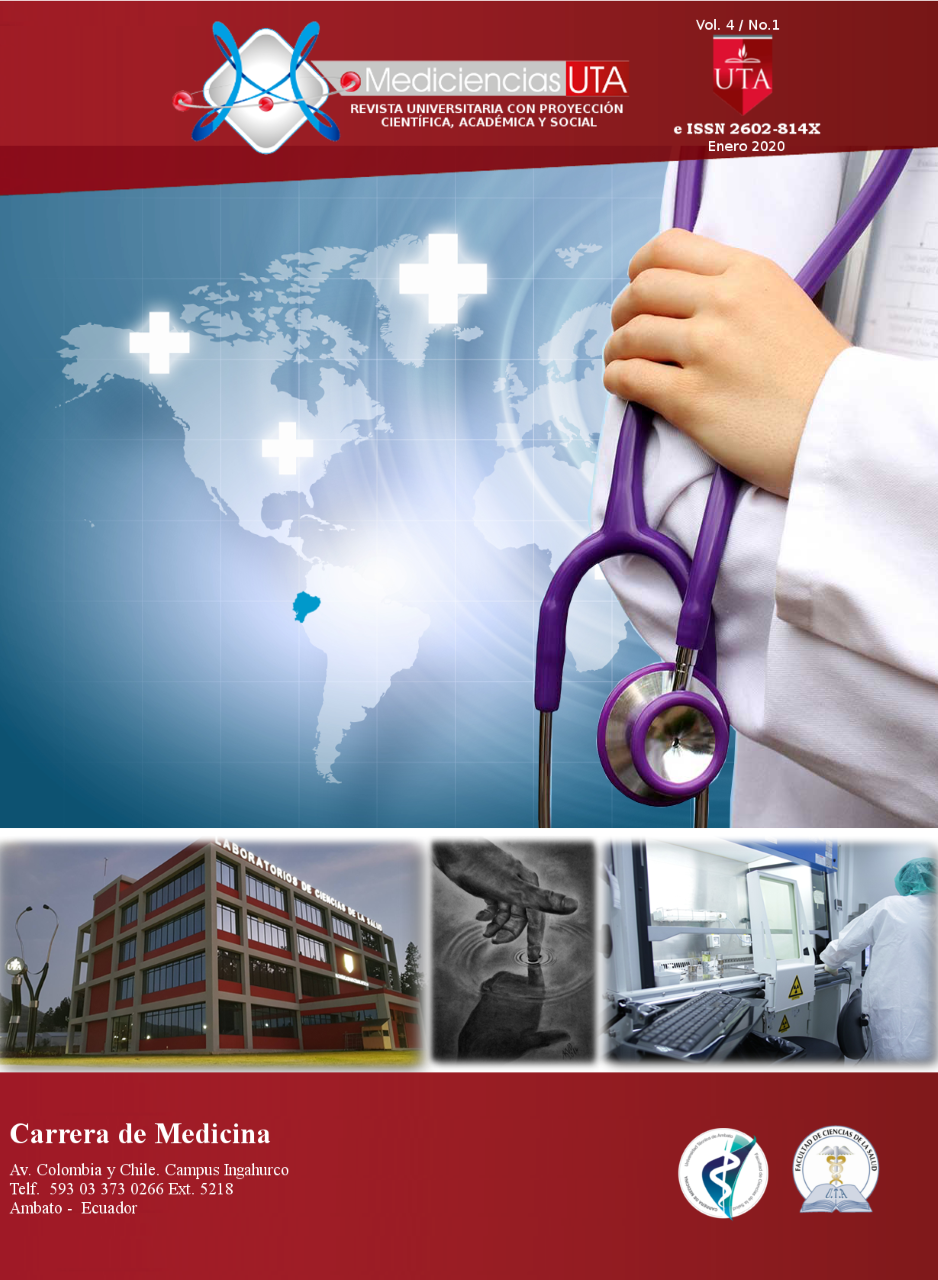Intestinal malrotation, acute symptoms in adult pacient
Main Article Content
Abstract
Introduction: Intestinal Malrotation Syndrome (MI) is an anatomical disorder caused by abnormal rotation and fixation of the midgut in the abdominal cavity during the embryonic period. There are 3 subdivided variants according to their findings. 90% are diagnosed in pediatric patients with an obstructive acute abdomen clinic, however, in adult patients chronic symptoms that show malnutrition are associated and rarely with an acute condition alone. The volvulus and an inadequate response to clinical treatment constitute a surgical emergency because of the risk of extensive necrosis. Intestinal transit is the gold standard for diagnosis and tomography can be considered as complementary support to define extraintestinal findings.
Objective: To describe a clinical case of intestinal malrotation with acute symptoms in an adult patient.
Material and methods: Retrospective descriptive study, clinical case presentation
Results: This is a 39-year-old male patient with no history of interest who comes with a 24-hour course of evolution characterized by bloating plus abdominal cramping in the epigastrium and colonic frame, of great intensity associated with vomiting for 15 occasions of food content and bilious posterior with diminished noise and diffuse percussion matte, abdominal Rx is performed evidencing hydro-air levels, distension of intestinal handles and visible connivent valves, it is determined obstructive acute abdomen is placed evacuating enema and nasogastric tube with initial production of 450ml and achieving channeling flats however at 24 and 48 hours with productions of 300ml/day so tomography is performed that reveals distended handles with liquid and gaseous content and displacement of the same to the right so that with torpid clinical evolution laparotomy is decided to 72 hours being blind and ascending colon without fixed tion, jejunal handles in peritoneal pouch, Treitz angle in right hypochondrium, distended jejunal handles from 40 centimeters of Treitz angle to 180 centimeters distally, which is classified as SMI type III A y B. For postsurgical ileus with high SNG productions, NPT is initiated, which with adequate clinical evolution is withdrawn and tolerance for progressive diet is resumed, which is prescribed asymptomatic patient discharge.
Conclusions: Bad intestinal rotation in adults as a cause of intestinal obstruction is usually uncommon as well as an acute condition; and with poor evolution to clinical measures its treatment is surgical.



